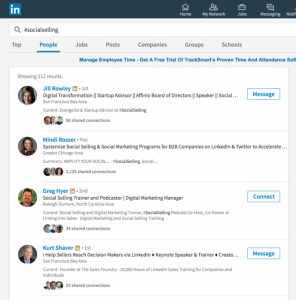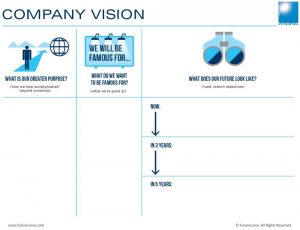
A product launch is an exciting milestone for any company, the beginning of new opportunities and possibilities. While exciting, product launches are also complex and multi-tiered, requiring a lot of preparation and research.
According to the Market Research Association, only 40% of developed products make it to market, and of that 40%, only 60% will generate any revenue. While some of that may have to do with the product itself, the way you launch a product is a factor in its performance. We’ll look at common missteps made in planning product launches and how to avoid them.
1). Do Your Homework
Market research is a cornerstone of good marketing. There can be many reasons why a product launch doesn’t go the way you want, but at the heart of many of these reasons for poor performance, one finds that not enough time was devoted to research.
There are many questions that insufficient research can leave unanswered or answered incorrectly. These questions include:
- Is the correct audience being targeted?
- Are the right pain points of the industry and audience being addressed?
- Has there been a similar product released to market?
- If yes, how did that product seem to do?
- How was/is that product being marketed?
Addressing issues that surface through user testing or research does not mean that your product isn’t going to be successful. Tackling those challenges makes your product stronger and easier to market.
2). Focus on the Four Fundamentals
Messaging, positioning, personas and branding are the essential building blocks for all marketing activities. However, when you launch a new product you may need to do supplemental research and create versions of those fundamentals to support the launch. Your brand personas may not quite be meeting the actual expectations of your buyers.
This doesn’t mean starting from scratch, but rather modifying elements of the fundamentals to match the vision and identity of the product itself. It’s important to create messaging that drives your product forward. While the features of your product are great, don’t focus too much on those in your messaging. Instead, it’s important to show your audience how they can benefit from the use of your product.
It’s never a bad idea to bring your company core values into your product positioning. Having a cohesive message across your company and product line creates a sense of trust in your audience that can only elevate and strengthen the marketing of your new product.
3). Planning Your Marketing Plan
The need to market your new product is obvious to most. However, a common oversight can be relying too heavily on sales without providing them the materials they need to succeed or not having a strategic marketing plan in place before, and after, the launch.
Sales is an essential component of sealing deals. But without proper materials, they are left with only their voices and the prospect is left with nothing to take away. Even the best conversations can be lost if a prospect cannot find the right information on your website or doesn’t have a leave behind to look over before taking the next steps.
Make sure your product launch marketing plan is thoughtful and executable. It should be a highly detailed timeline, accounting for all the hours you will need to plan, manage and create the deliverables. It should also detail needed deliverables, what will be accomplished through those assets, and communicate budget and timing. It can be surprising to some how quickly the costs can add up and how much time creating a high-quality deliverable can take.
It is also important early in planning to set clear, achievable goals. Establish what metrics are important to the launch and determine what will make it successful. With these defined reference points in place, you can easily measure your results as they come in. Common metrics typically revolve around the number of customers or sales that come in during a period. They also can involve prospect engagement, such as click-throughs, webpage visits, email opens, or unique website visitors. Tools like Google Analytics provide a wealth of free insight into your web traffic, while CRM and most email service applications will provide email performance results.
4). Slow Down and Enjoy the Launch
Timelines, budgets, milestones and other priorities can weigh on the team as they put the launch plan together. As you plan your launch, ensure each person on the team has a clear understanding of their role, responsibilities, and the milestones that need to be met. Not every aspect can be accounted for, but the vast majority of your plan should not be a surprise. This allows the team to move forward with limited obstacles and less stressors.
Many launches center around an event, but launching too soon at an event can do more harm than good. If a product isn’t quite ready or the right team or assets are not in place, one risks losing their audience and potentially damaging their brand’s reputation. If you paid for an event but the product is not ready, you can try to negotiate some of your deposit back from the event organizers or still use the space as a kind of “teaser” that the product is coming. Creativity is key.
The takeaway is this – don’t rush what isn’t ready. No one wants to adjust milestones, but a brief postponement that may add some extra costs and frustration is far better than launching a product that isn’t up to your company’s standards and audience expectations.
Business & Finance Articles on Business 2 Community
(82)







